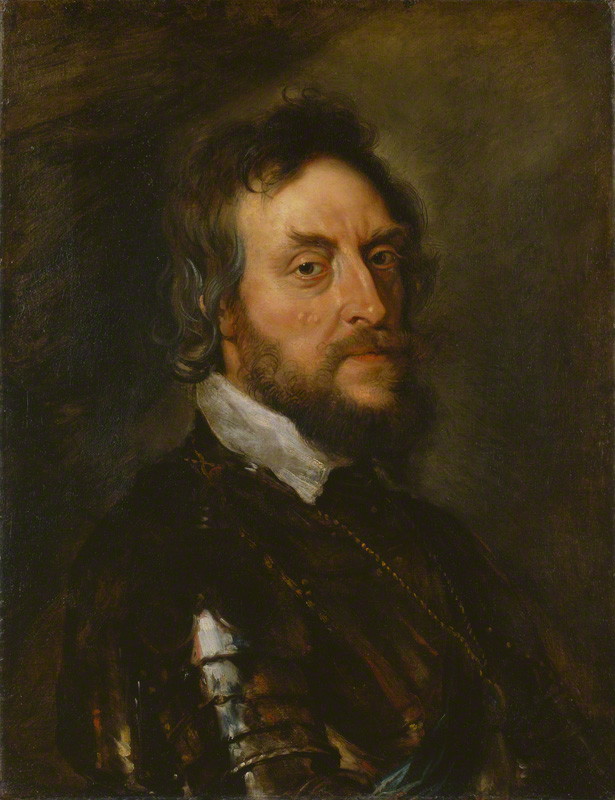Art and Design at Key Stage 3
The main ways portraits can assist the curriculum is through:
- Understanding the role of artists in a range of cultures, times and contexts.
- Using research and investigative skills in one genre and appreciate how ideas and codes are used to convey ideas and meanings.
- Understanding of portraiture from first hand observation.
- Assistance with developing ideas in sketchbooks, journals and other appropriate strategies.
Responding to the school’s location and local cultural influences as well as engaging with contemporary art, craft and design is now part of KS3 curriculum and this could be of use to regional galleries and museums.
One of the ways portraiture can be used at KS3 is due to the different mediums used within portraiture. Acquaintance with exploring media, processes and techniques in 2D, 3D and new technologies is stressed in the curriculum.
How your collection of portraits can be used within Key Stage 3 Art and Design depends on the nature of your institution’s collections – the mediums, the artists, self-portraits. Examples below are based on known types of collections:
- Practical drawing sessions of the face and other elements involved within portraiture.
- A significant collection of self-portraits can be used as the focus for looking at ideas around self-representation and the idea of an artist’s legacy.
- A collection of portraits of people from different media can be compared and contrasted – for example sculpture with photography.

